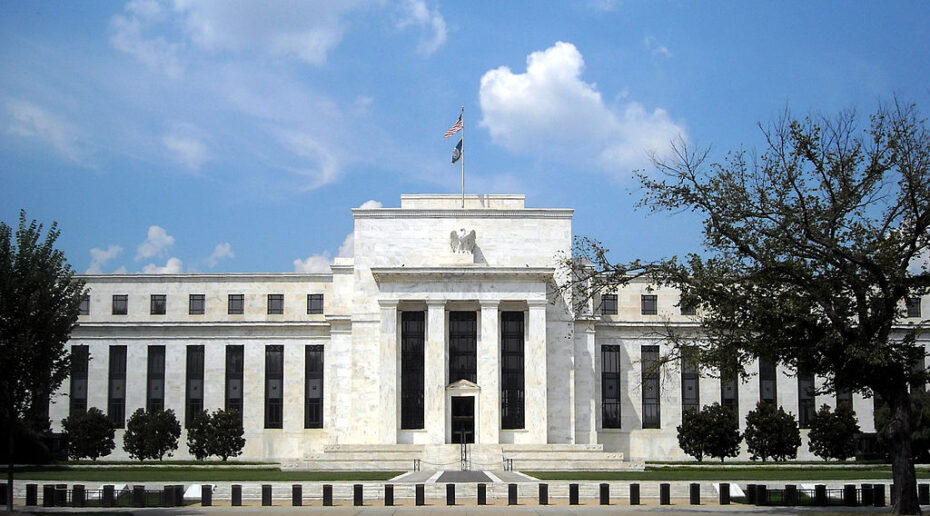Federal Reserve’s Favorite Inflation Measure Soared By Fastest Pace In 30 Years

The Federal Reserve’s preferred measure of inflation soared by the fastest rate in 30 years.
The personal consumption expenditures price index rose 4.2% year over year in July – the most since January 1991. The price index for American consumer spending was 4% in June.
The core PCE index, which removes volatile food and energy items and is the Fed’s favorite gauge of inflation, was at 3.6%, the same as June, but still at its highest level since March 1991, according to the Bureau of Economic Analysis.
Prices rose 0.3% on a monthly basis as the pace of gains declined for a second straight month, according to Fox Business. Prices increased 0.5% in June and 0.6% in May.
There was a bright aspect as personal income increased 1.1%, beating out the Dow Jones estimate of 0.03%.
Atlanta Fed President Raphael Bostic told CNBC, “We don’t want and we really can’t afford to have inflation that is too high, because people at the lower end of the spectrum are going to be hurt pretty significantly.”
The decrease in the purchasing power of money has been brought on by pandemic-related issues such as ongoing supply chain strains, raw material scarcity, and increased labor shortages and costs.
Speaking at the Kansas City Fed’s Economic Policy Symposium in Jackson Hole, Wyoming, on Friday, Federal Reserve Chairman Jerome Powell believes that the current spike in inflation is “transitory,” but did not provide an estimate of when inflation would stop rising.
“The spike in inflation is so far largely the product of a relatively narrow group of goods and services that have been directly affected by the pandemic and the reopening of the economy. Durable goods alone contributed about 1 percentage point to the latest 12‑month measures of headline and core inflation. Energy prices, which rebounded with the strong recovery, added another 0.8 percentage point to headline inflation, and from long experience we expect the inflation effects of these increases to be transitory. In addition, some prices—for example, for hotel rooms and airplane tickets—declined sharply during the recession and have now moved back up close to pre-pandemic levels. The 12-month window we use in computing inflation now captures the rebound in prices but not the initial decline, temporarily elevating reported inflation. These effects, which are adding a few tenths to measured inflation, should wash out over time.”
Powell noted that the “main influence of monetary policy on inflation can come after a lag of a year or more.”
“If a central bank tightens policy in response to factors that turn out to be temporary, the main policy effects are likely to arrive after the need has passed,” Powell stated. “The ill-timed policy move unnecessarily slows hiring and other economic activity and pushes inflation lower than desired. Today, with substantial slack remaining in the labor market and the pandemic continuing, such a mistake could be particularly harmful.”
The next U.S. jobs report will be released on Sept. 3.